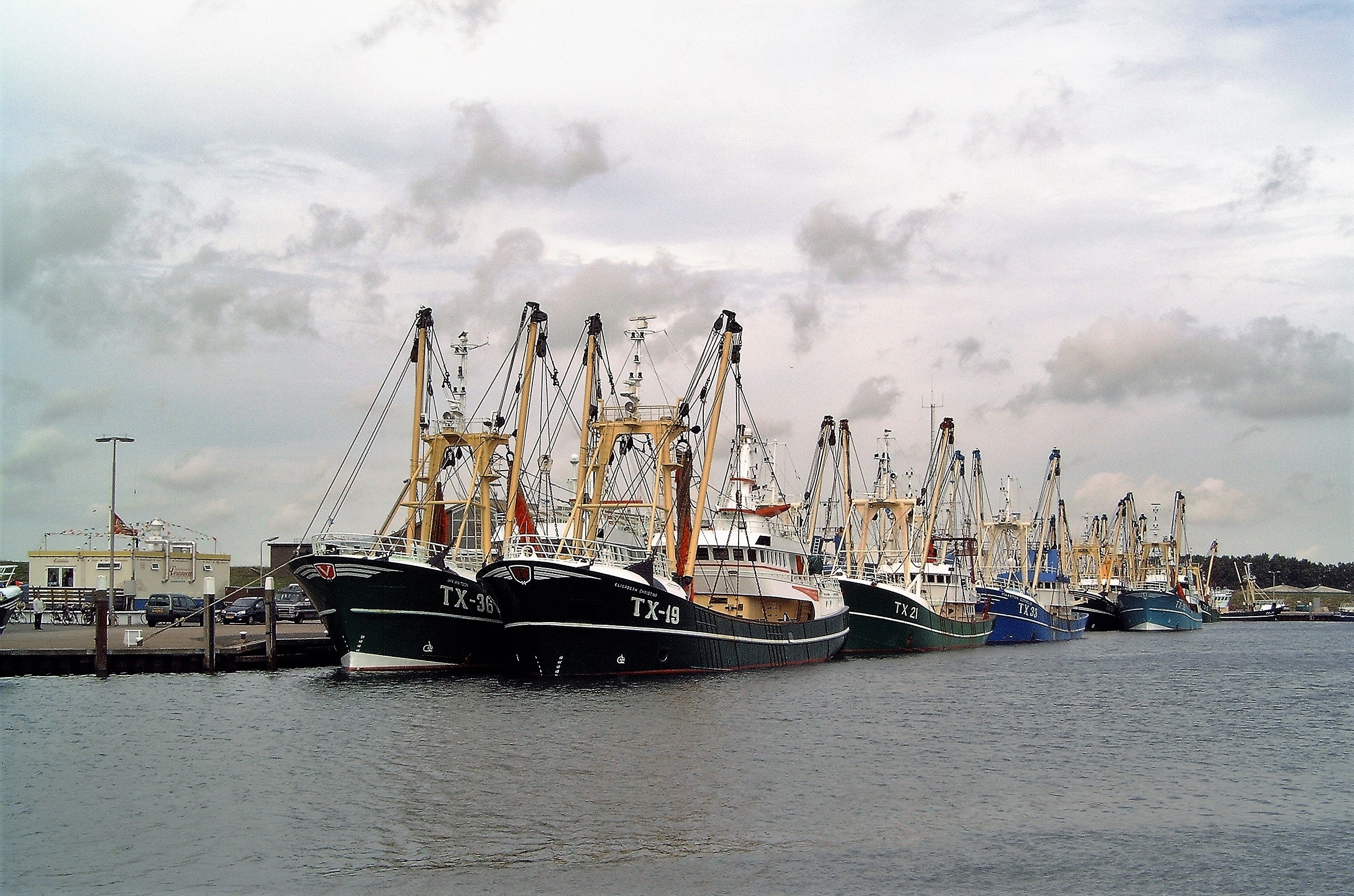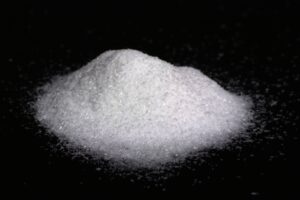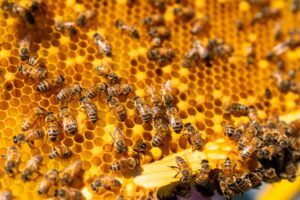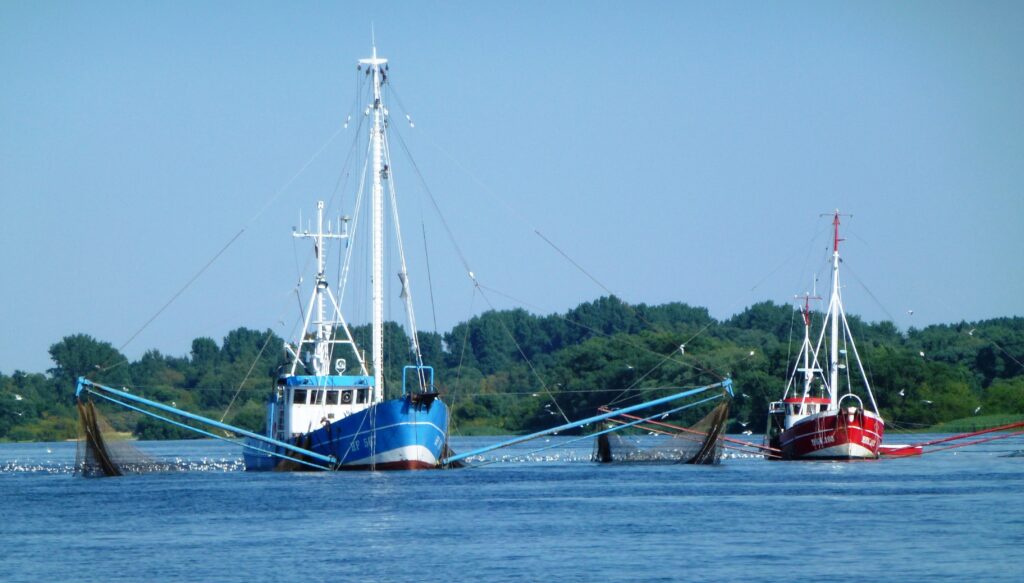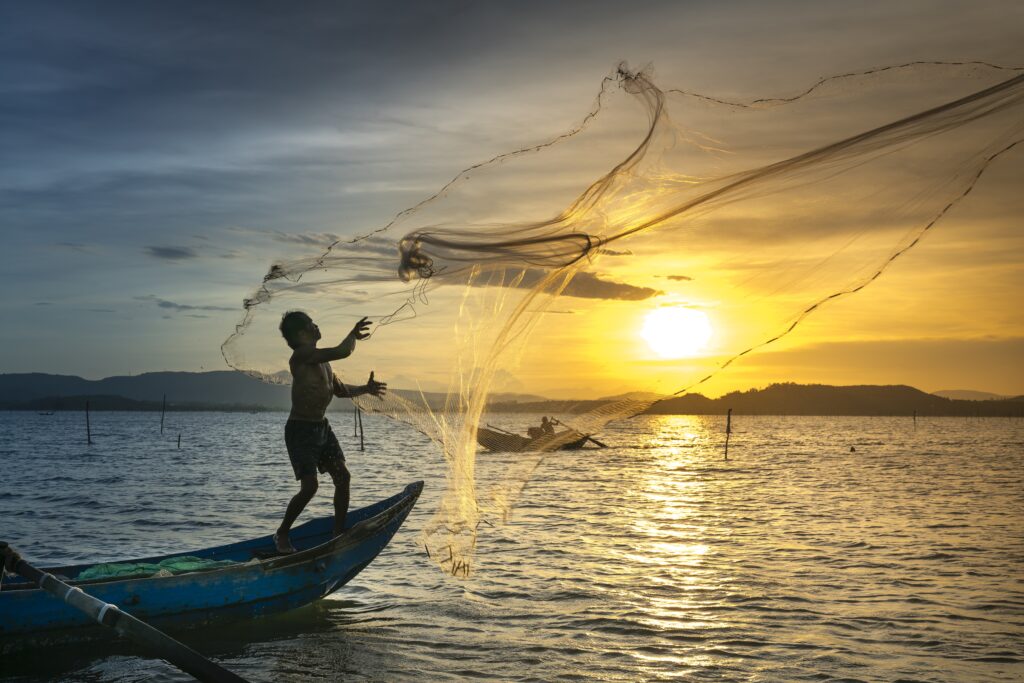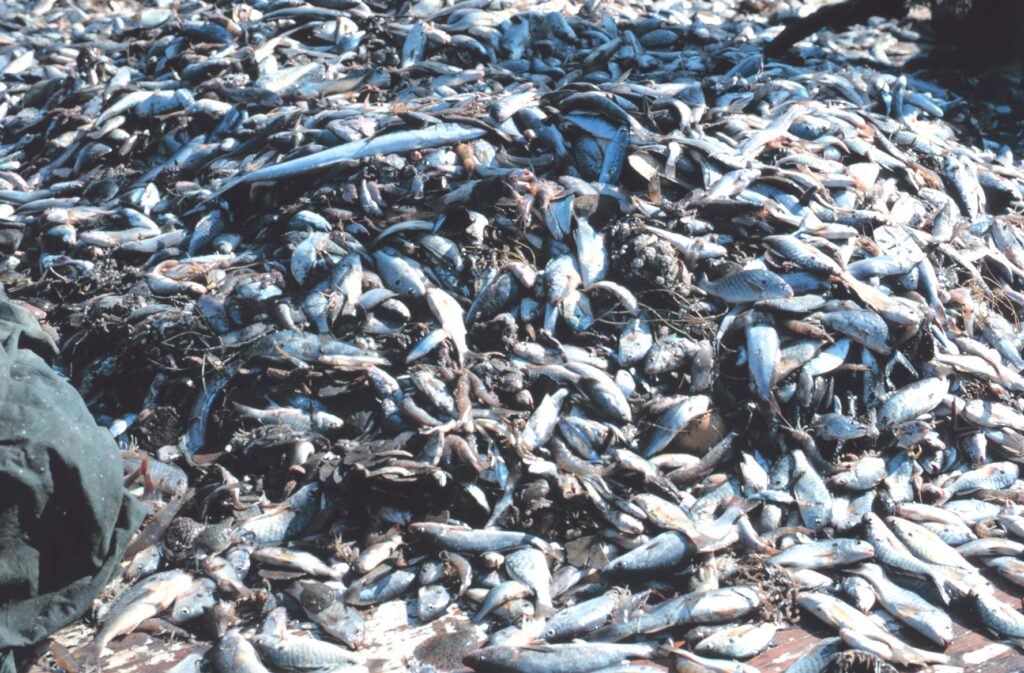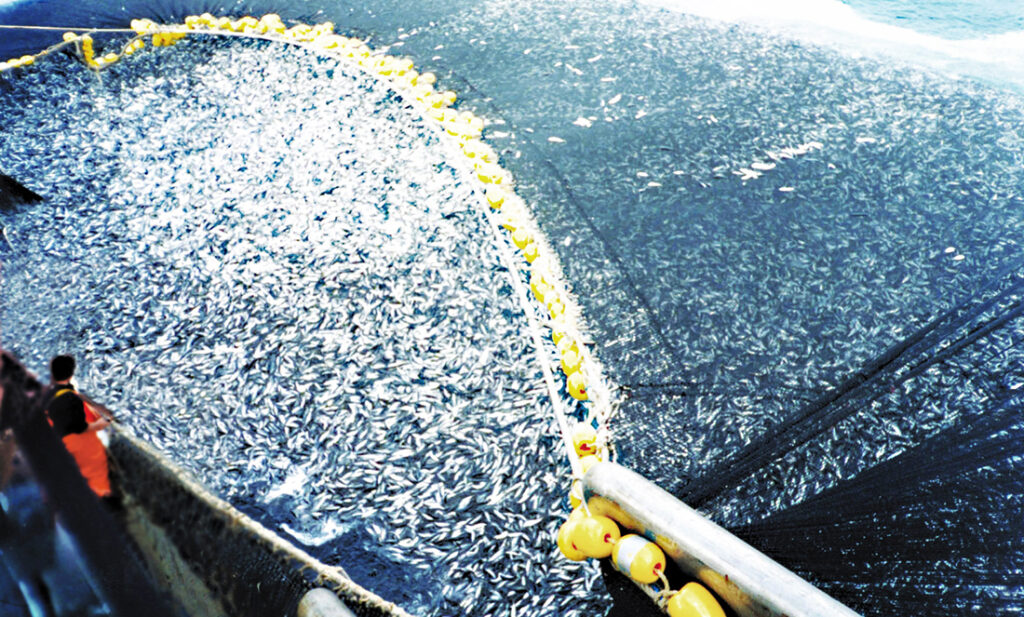Throughout history, humans have come up with many different ways to catch fish. But bottom trawling is by far the most damaging and wasteful of the lot.
This is the key and troubling finding of a new study. It turns out that over 437 million tonnes of fish, worth about US$560 billion, have been dumped back in the ocean over the past 65 years.
“Industrial bottom trawling is widely used today to catch fish species in bulk. The most famous example is the North Atlantic cod, whose populations off the North American coast collapsed in dramatic fashion in the early 1990s,” says Dirk Zeller, a fisheries scientist at UWA and co-author of the study.
The study used a massive database from the Sea Around Us research initiative, which tracked down fish catch data from the past 65 years. The project has been collecting data from different fishing practices around the world, including reported and unreported catches by country, fishing sector, year and species.
The data also included bycatch—unwanted animals—most killed in the fishing process and returned to the sea. The study’s main goal is to understand how industrial and artisan fisheries affect the marine environment.
Using this database, researchers discovered the alarming figure of 437 million tonnes of discarded bycatch from bottom trawling. These findings build on a previous study by the same group, which found that, in recent years, nearly 10 million tonnes of fish are wasted as bycatch each year.
The trouble with trawlers
“Bottom trawlers are really big nets attached to a heavy structure that sinks to the bottom of the ocean. This structure is then towed by a high-powered fishing boat, scraping across the ocean floor,” explains Dirk.
As the trawler tears up the seafloor, anything in its path will become catch.
Consequently, tonnes of unwanted fish, invertebrates, plants and corals are all captured, killed and destroyed in the trawling process.
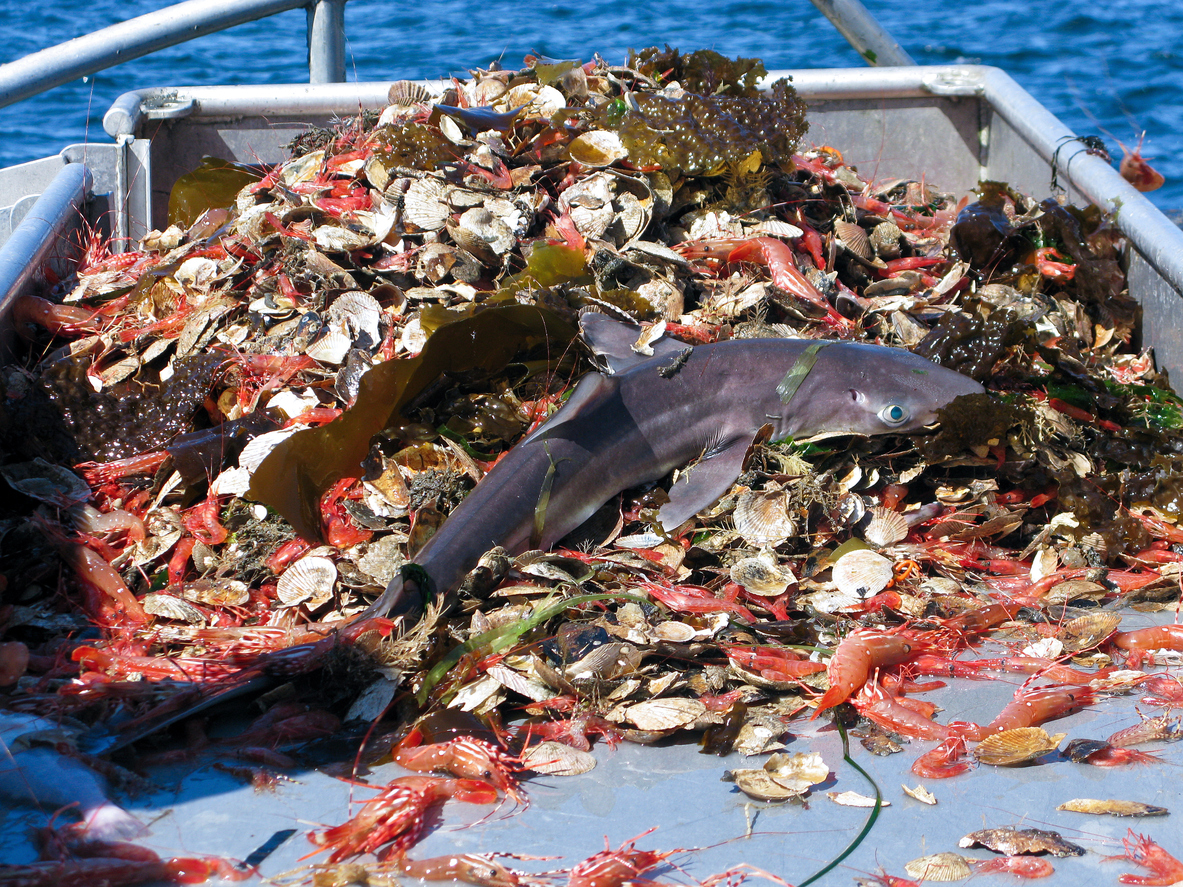
“This fishing method is the most wasteful way to do commercial fishing,” Dirk says.
It is also needlessly wasteful. Many of the fish species captured are perfectly fit for human consumption. They are just not the most valuable ones, explains the study’s co-author Maria Deng Palomares in a press release, so they get dumped overboard.
“Had they landed that catch, they would have made US$560 billion according to our prices dataset. The worst part is that, in general, bottom trawlers are so expensive to operate that the only way to keep them afloat is by giving them government subsidies. In other words, it’s a wasteful and inefficient practice,” adds Maria.
All in all, a bad deal.
Fishing for the future
Dirk hopes that the information gathered in their new study will help improve things. It may reveal how many fish are being removed from the ocean unnecessarily by different fishing techniques. This information could help evaluate the cost and benefits of current fisheries approaches, so we can allocate resources to the ones that are both higher value and take better care of our oceans.
“This information can also be used to boost artisanal fisheries. As the data shows, with very little infrastructure and support, they already generate more value,” says co-author Daniel Pauly, principal investigator of the Sea Around Us in a press release.
There is a real need to change the current business model used in fisheries, for example, by shifting some of the $35 billion in subsidies that industrial fisheries get every year to more sustainable ones. Redirecting some of these funds to non-bottom trawl artisanal fisheries would make a difference, explains Dirk.
“This would allow them to follow a more sustainable artisanal fisheries practice. They would be able to employ more people and take better care of their catch. It would also lead to a reduction in the amount of food-grade fish that are discarded or turned into low-value livestock feed,” concludes Dirk.
With this information at hand, Dirk says, we know exactly what we are doing to fish stocks and ecosystems by fishing, and we also know how to fix the overfishing problem.
“Now it needs the political will and public pressure to effect the required changes. A good example is that, around the developing world, increasingly, small-scale fisheries are finding their voice and starting standing up to the excessive industrial exploitation to safeguard their small-scale fisheries.”



